
This is your website preview.
Currently it only shows your basic business info. Start adding relevant business details such as description, images and products or services to gain your customers attention by using Boost 360 android app / iOS App / web portal.
Manufacturing test

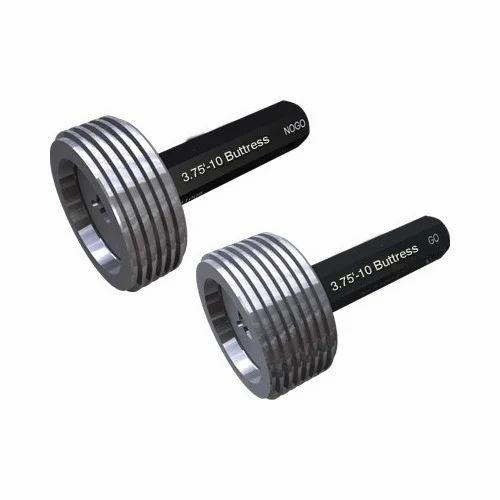
Metric Buttress Thread
VIEW DETAILS
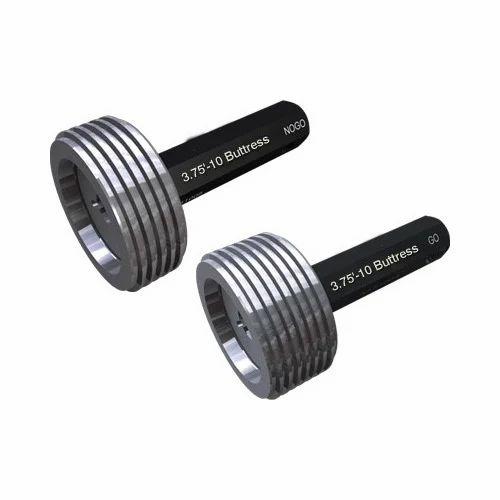
ANSI Buttress Thread
VIEW DETAILS
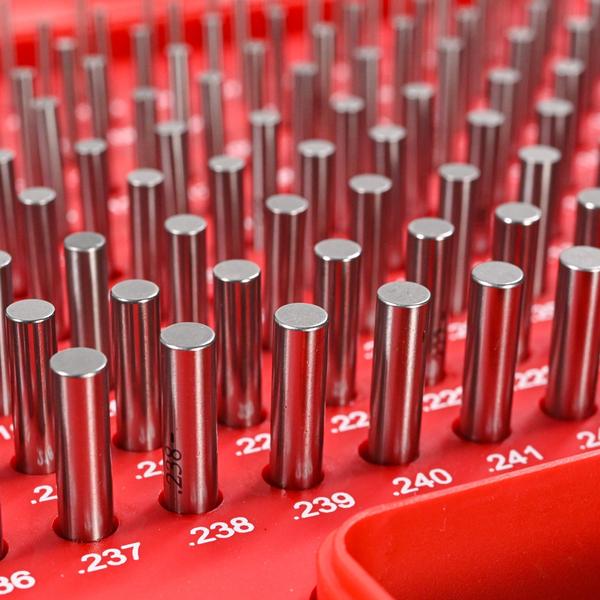
Pin Gauge
VIEW DETAILS
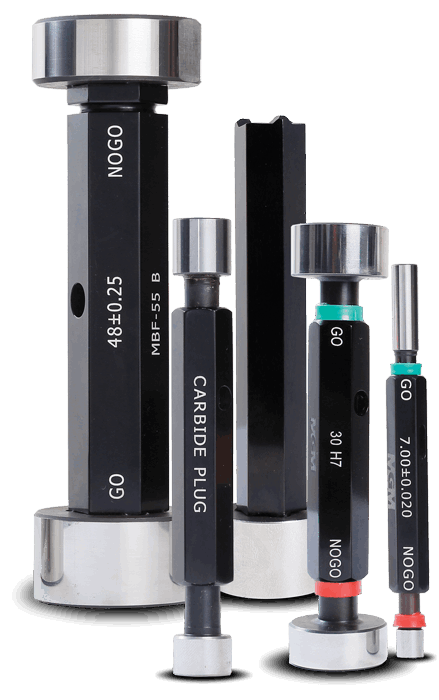
Plain Plug Gauge
VIEW DETAILS

Width Gauges
VIEW DETAILS
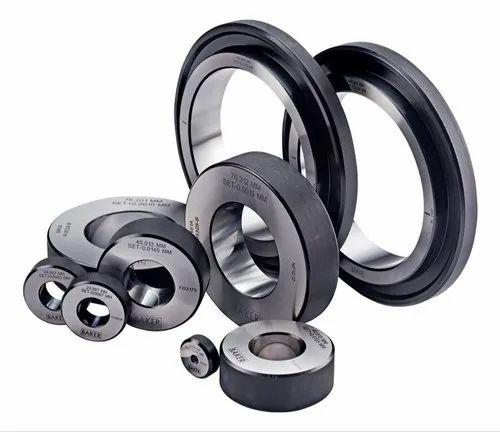
Ring Gauge And Master Setting Ring
VIEW DETAILS
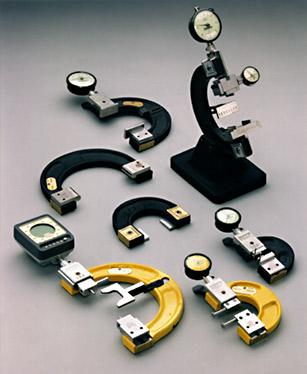
Snap Gauge and Gap Gauge
VIEW DETAILS
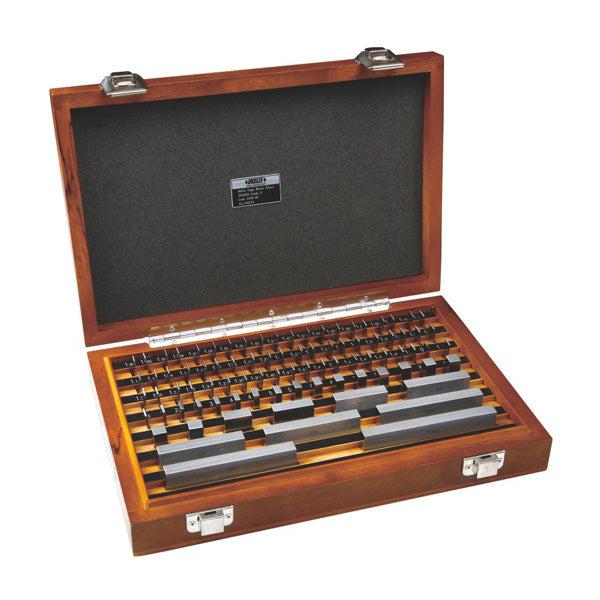
Slip Gauge
VIEW DETAILS
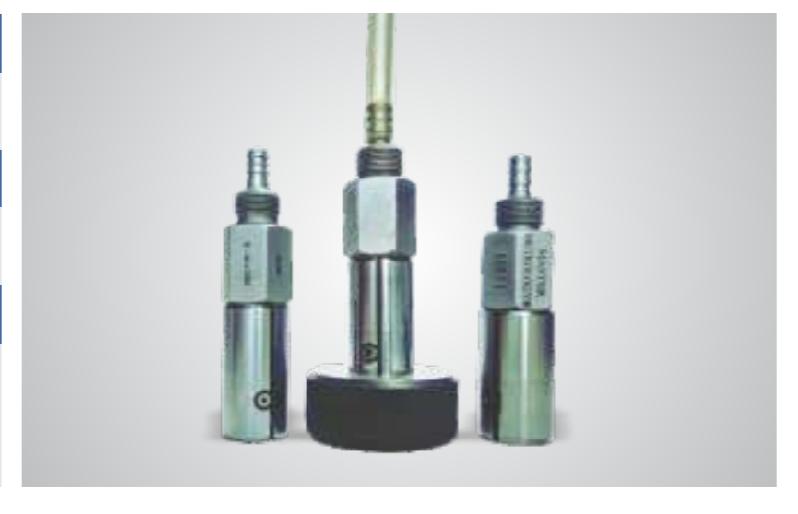
Air Plug Gauges and Pneumatic Setting
VIEW DETAILS
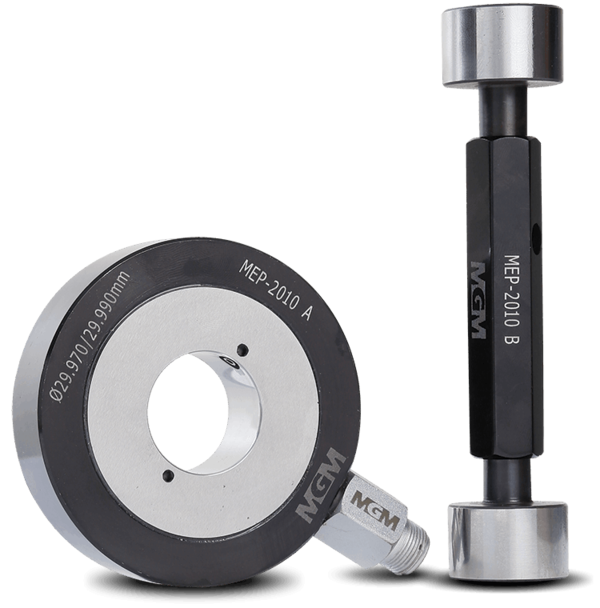
Air Ring Gauge And Setting Plug
VIEW DETAILS
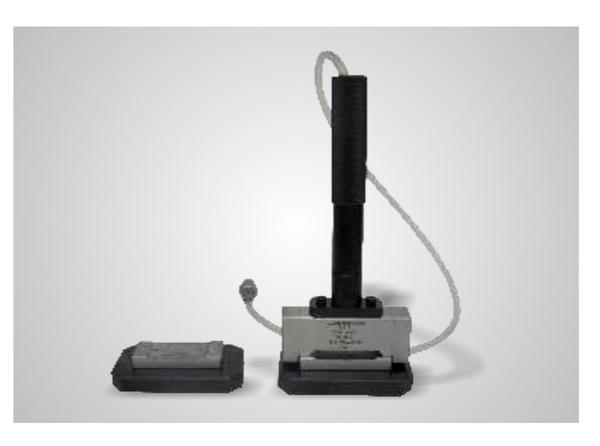
Air Snap Gauge/ Air Caliper
VIEW DETAILS
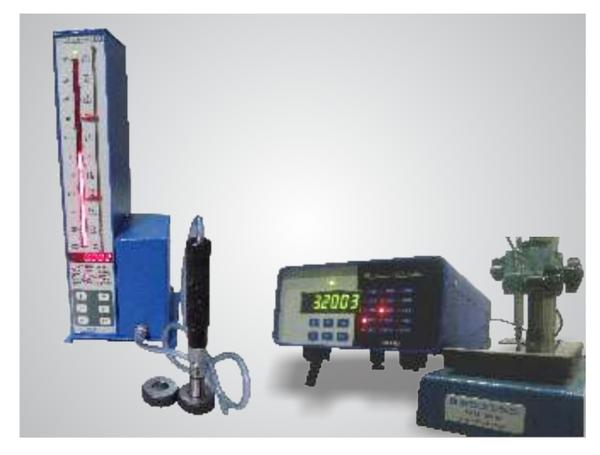
Air Electronic Column And Digital Disp
VIEW DETAILS
